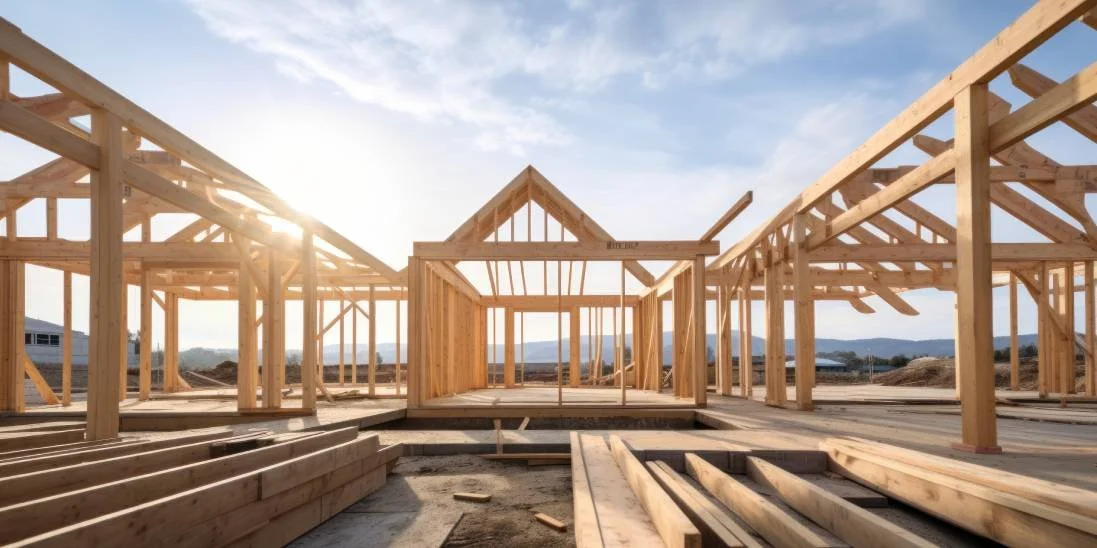The Potential Risks With Wood-Frame Construction
For homeowners and homebuilders, the decision to use wood-frame construction is pivotal. This traditional method is popular for its affordability, ease of assembly, and natural warmth. Yet, beneath the charming facades lie risks that, if ignored, can compromise the structure’s safety and longevity. Below, we carefully peel the layers of the potential risks with wood-frame construction and highlight safety enhancements to mitigate them.
Understanding the Risks Involved
Wood-frame structures, while economical and versatile, come with their own set of caveats. First and foremost is the issue of structural integrity. Unlike more robust materials, wood is inherently more vulnerable to the elements. From termites silently dining away at the framework to the subtle yet continuous threat of water damage, homes crafted from wood carry the burden of these potential hazards.
Structural Integrity
Acknowledging its proclivity for structural compromise is essential to understanding wood-frame construction. When subjected to natural elements, the integrity of wooden framing is questionable. Pests and weather can penetrate the timber; termites and rot can cripple foundational supports. Understanding these vulnerabilities is the first step toward preventing them from materializing.
Fire Hazard
The organic nature of wood makes it a proverbial tinderbox in the event of a fire. Unlike steel or concrete, which boast inherent flame-resistant qualities, untreated wood contributes to the spread and intensity of fires. Special considerations when fireproofing raw wood are prudent but imperative to the safety of occupants and the structure’s longevity.
Proactive Measures: Mitigating the Threat
Intelligently addressing these risks can transform the vulnerabilities of wood-frame construction into manageable challenges. By taking a proactive stance, you arm your construction against the tests of time and nature.
Prevention Is Key for Structural Integrity
A combination of strategies, from using pressure-treated lumber to applying termite barriers, can fortify a wood-frame structure against assailants. Consistent maintenance and routine checks for any signs of compromise can further bolster the home’s resilience. It’s not a recommendation; it’s the crux of structural longevity.
Innovations in Protection
Advancements in fire-resistant coatings and moisture-resistant sheathing are revolutionizing how we protect wood structures. When integrated during the construction phase, these innovations significantly reduce the risks associated with wood framing. It’s a win for safety and peace of mind and proves that tradition seamlessly intertwines with modern protective measures.
It’s not about forsaking wood in favor of impenetrable alternatives; it’s about understanding and tackling the issues head-on. With knowledge and proactive measures, the risks associated with wood-frame construction are no longer reasons for trepidation but inspirations for innovation. In acknowledging and taking action against such risks, we truly demonstrate the strength and adaptability of wood as a construction material.


